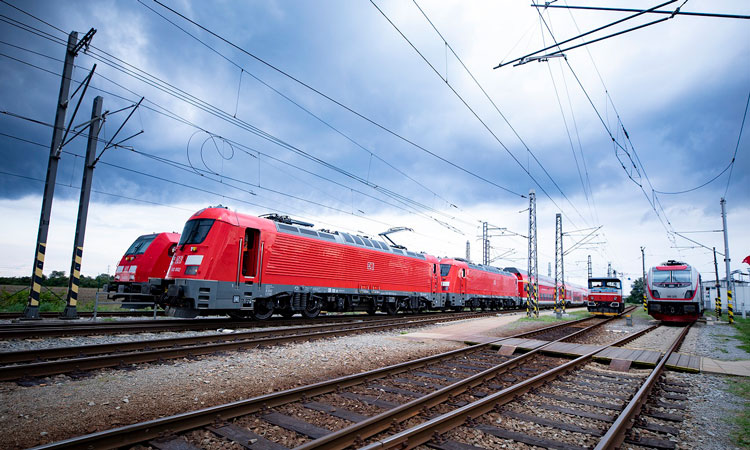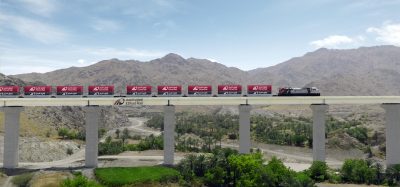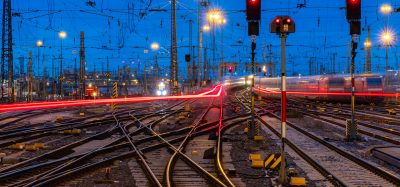Czech Railway Research Institute invests to reduce its carbon footprint
Posted: 18 October 2021 | Global Railway Review | No comments yet
The Czech-based Railway Research Institute, VUZ, has announced plans to install its own sources of clean energy and the environmentally friendly production of hydrogen.


The Czech-based Railway Research Institute (Výzkumný Ústav Železniční – VUZ) has announced plans for massive investments into its facilities over the next five years. These will be entirely new projects that will fundamentally reduce the centre’s carbon footprint.
VUZ CEO, Martin Bělčík, said: “We invest about €2.5 million into maintaining and renewing our infrastructure each year. However, over the next five years we are preparing fundamental investments that should reach a total of €24 million. Much of this amount will go into services offered on the smaller test track, as well as into technologies that will help us further reduce our emissions.”
The most significant investments in the coming years will include equipping the centre’s shorter track with the ETCS systems (which is currently in place on the large test track). VUZ is also preparing a study for the testing of autonomous rail vehicles, especially for urban and suburban transport systems.
Martin added: “Reducing our carbon footprint is absolutely fundamental for us. It’s part of the philosophy for the future development of our test centre. We already guarantee our customers that the electricity they use at our facility comes solely from renewable resources. We are currently preparing a project for our own non-fossil fuel sources of energy to cover not only our own consumption, but also the output of green hydrogen.”
VUZ is one of the top test centres in Europe. Five different entities can test at the facility at one time and use five different power systems. The large test track is 13,276km long and trains can be tested at speeds up to 200km/h and tilting trains at up to 230km/h.
“There are no plans for investments into further increasing the top speed on the track. The current speed is sufficient for the grand majority of tests train makers perform at our facility. Tests at higher speeds are then performed on high-speed tracks,” Martin said.
Related topics
European Train Control System (ETCS), Regulation & Legislation, Signalling, Control & Communications, Standardisation & Technical Harmonisation, Technology & Software
Related organisations
Railway Research Institute (Výzkumný Ústav Železniční – VUZ)








